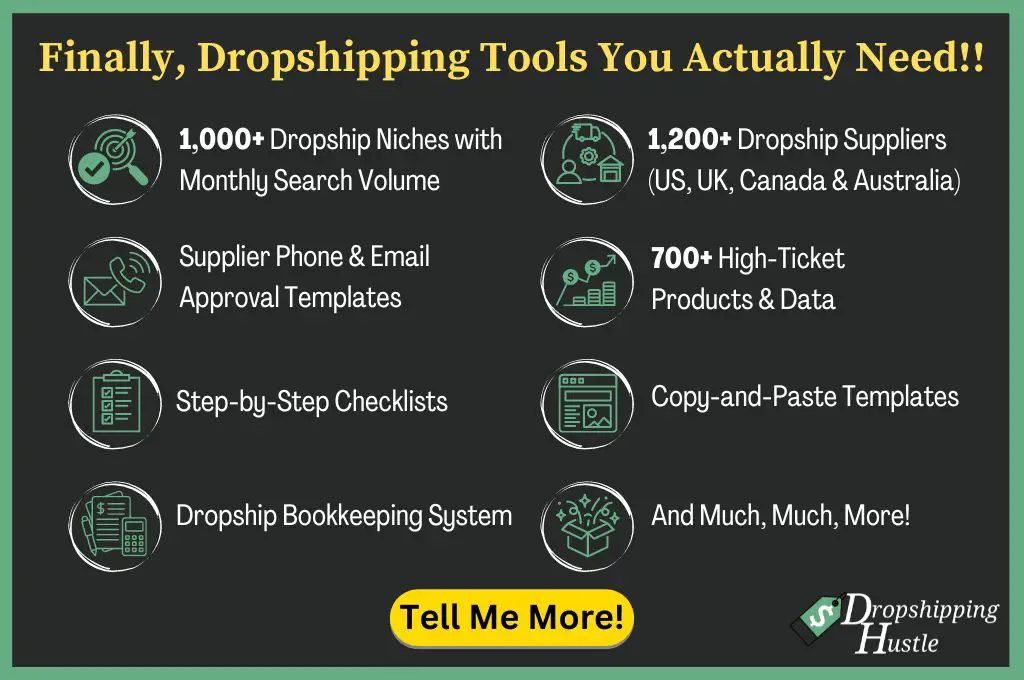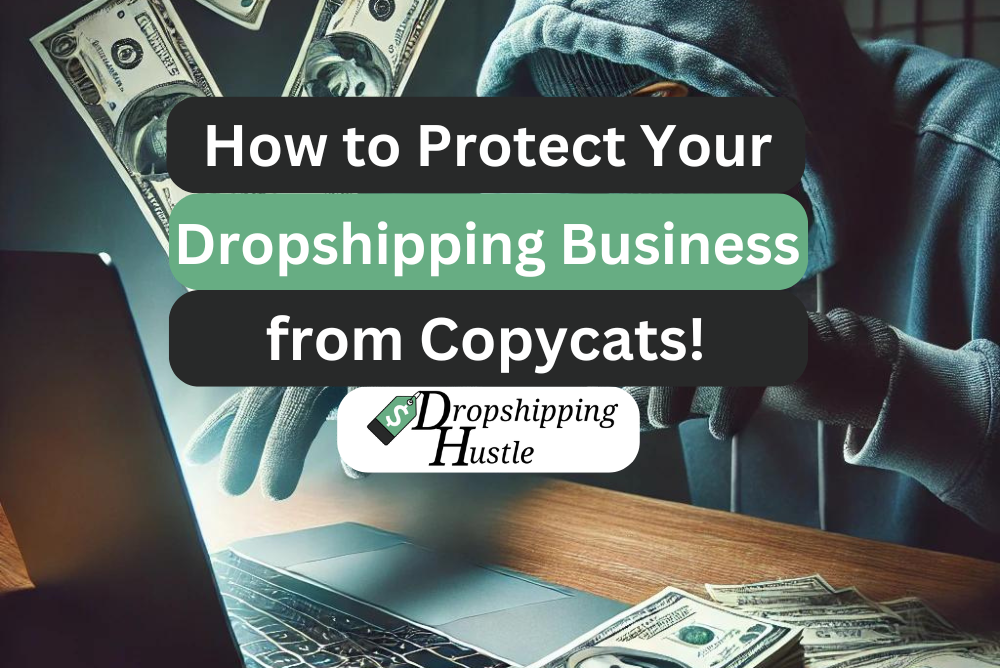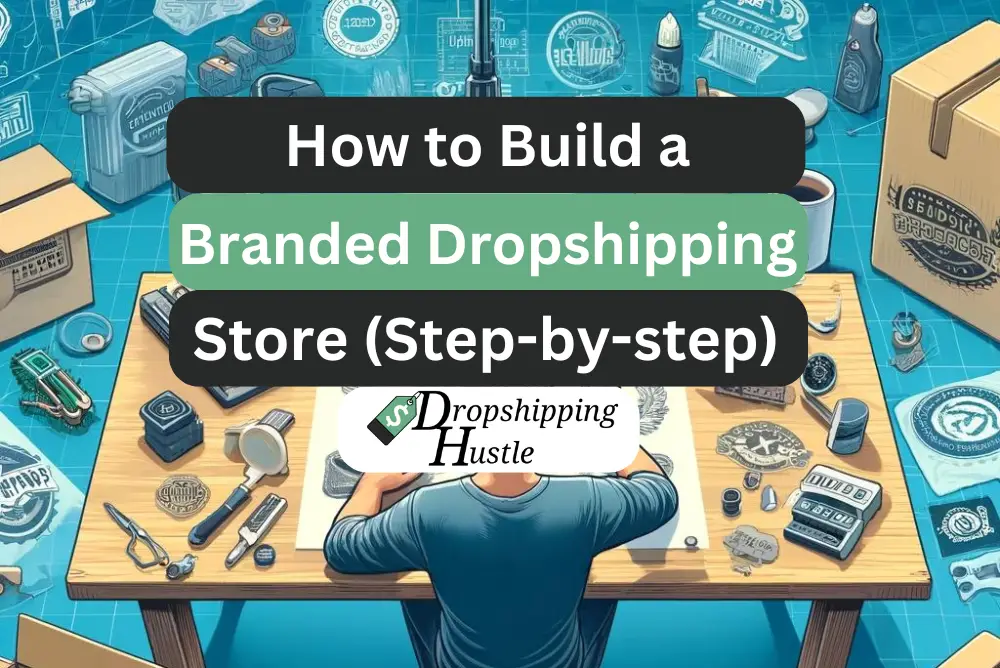If I were a beginner at dropshipping, I would read through the entirety of this article. These are the top 5 downsides of dropshipping I didn’t know when I first got started but I wish I did know.
Not only that, I’m going to give you the solution for overcoming each of these drawbacks so you’re not left feeling despair. I still believe dropshipping is a worthwhile business in 2024 if done right.

1. Copycats Will Replicate Your Business
Copycats are rampant in the dropshipping industry! If you think finding an untapped winning product on AliExpress guarantees consistent income, think again. I’ve experienced many of my stores being copied.
You may enjoy substantial short-term profit before competitors notice you, but be prepared for competition.
Numerous dropshipping tools allow others to monitor your store and ads. Any success you achieve will likely attract copycats replicating your business model.
The problem with dropshipping from AliExpress and similar platforms is the lack of uniqueness in your business, making duplication easy. If others can work with your supplier, sell the same products, create similar Shopify stores, and run identical ads, they will.
I’ve been both the victim and the perpetrator of this. Seeing someone successfully run ads and make sales provides a blueprint for others to follow.
By copying a proven store, you know the demand for their products and the effectiveness of their ads, saving time and money on testing.
However, there are ways to build a moat around your business, making it difficult for others to copy your model and steal your sales.
2. Dropshipping is Stressful
The stress in dropshipping is a significant downside, as I’ve learned in my first year. I advise newcomers not to rely solely on dropshipping income to support themselves or their family for at least a year.
Success doesn’t guarantee consistent income. Various factors can cause massive profit fluctuations month to month.
When everything aligns—finding a great product, having a reliable supplier, and achieving a positive return on ad spend (ROAS)—you can scale your business, potentially earning substantial profits. However, always be prepared for issues.
Problems in dropshipping often stem from supplier-related issues:
- Product pricing
- Product quality
- Shipping times
- Packaging
- Inventory management
I’ve faced situations where a supplier changed product materials to inferior quality without notice, leading to business downfall and customer dissatisfaction. Always expect the unexpected in dropshipping.
3. Most Dropshipping Stores are Unsustainable
You might have heard from gurus that making money through dropshipping is easy, but it’s not quite that simple. A significant, often overlooked problem with dropshipping is its typically low profit margins.
These low margins are due to the nature of dropshipping, where products are purchased individually rather than in bulk. This means the supplier must pick, pack, and ship each item separately, increasing costs.
In contrast, bulk purchases at wholesale rates significantly reduce the average product cost, leading to higher profit margins.
This raises an important question: if you’re successful in dropshipping, what’s stopping a competitor from sourcing the same product in bulk at a lower cost and undercutting your prices? In dropshipping, narrow profit margins are a vulnerability that competitors may exploit.
This is a key reason why relying solely on dropshipping for an e-commerce store might not be a sustainable long-term strategy.
One way a dropshipping store can be sustainable is if you are constantly product cycling the latest trending products. However, this strategy is a lot of work and will take continuous product research as well as testing and optimizing ad creatives.
4. Advertising Prices are High
While there are free methods to drive traffic to your dropshipping store, it often takes time to see significant results. Consequently, most stores resort to paid advertising in their early stages.
Ad costs have risen over the years due to increased competition. For instance, since I started dropshipping in 2016, I’ve seen a noticeable increase in Facebook’s cost per click (CPC), which has resulted in slimmer profit margins.
Ad pricing on platforms like Facebook and Google operates on an auction system. The more sellers are willing to pay, the higher the prices climb.
This environment requires dropshippers to thoroughly optimize their stores and advertising strategies to maintain healthy profit margins. Achieving an optimal return on ad spend (ROAS) can be a time-consuming and strategic process.
For beginners, one of the most challenging aspects is identifying the specific changes needed to improve ROAS.
5. Consumers Will Price Check
One often overlooked downside of dropshipping for beginners is price checking. It’s a common practice: we find a product online and then search Google for the exact product to find the lowest price.
Consumer loyalty is rare; most seek the cheapest option. In dropshipping, since products are typically unbranded, consumers easily compare prices online for similar items.
Even when selling specific branded products, consumers might still search for the brand and product on Google, compelling dropshippers to lower their prices to stay competitive.
Moreover, consumers are increasingly recognizing dropshipping stores that sell products from marketplaces like AliExpress. When they identify such a store, many opt to purchase directly from AliExpress instead of through a Shopify store.
Combatting Dropshipping Downsides
Reading about the drawbacks of dropshipping might discourage beginners. However, I assure you that dropshipping can be a fantastic business model when executed correctly.
Consider dropshipping as an initial phase in your e-commerce venture. To reduce the downsides mentioned earlier, aim to establish a brand. Building a brand creates a protective barrier around your business. This involves:
- Collaborating with a manufacturer in China to create unique product iterations and improvements, setting your items apart from others in the market.
- Purchasing in bulk at wholesale rates, utilizing either a China-based agent or a third-party logistics provider (3PL) in your country, each with its own advantages and disadvantages.
- Engaging in private labeling, which encompasses branding your products with a logo, custom packaging, and unique naming.
- Developing a social media presence to increase brand awareness and cultivate a loyal following.
- Creating a professional, custom Shopify store with distinctive features not replicable with standard themes.
- Producing original videos and imagery for your products, offering fresh perspectives compared to existing material.
By focusing on these steps will reduce copycats being able to replicate your business, make your business sustainable in the long-term and stop consumers from being able to price check the exact product.
To minimize ad cost, optimization is key. This involves specific demographics targeting, adding negative keywords, split testing ad campaigns and improving your quality score.
This will create a store with consistent income over a long period of time and reduce stress levels.
Adopting these strategies and collaborating with a manufacturer paves the way for building a sustainable brand, capable of generating long-term income.
Your unique approach makes it difficult for regular dropshippers to duplicate or compete with your business. You benefit from lower costs, superior and distinct products, quicker shipping, and a brand exclusive to your store, eliminating price competition.
If I were to restart my dropshipping journey, I’d use it initially to test and validate product viability before progressing to manufacturing partnerships. My advice is to use dropshipping as a foundational step, transitioning towards building a lasting brand.






Leave a Reply